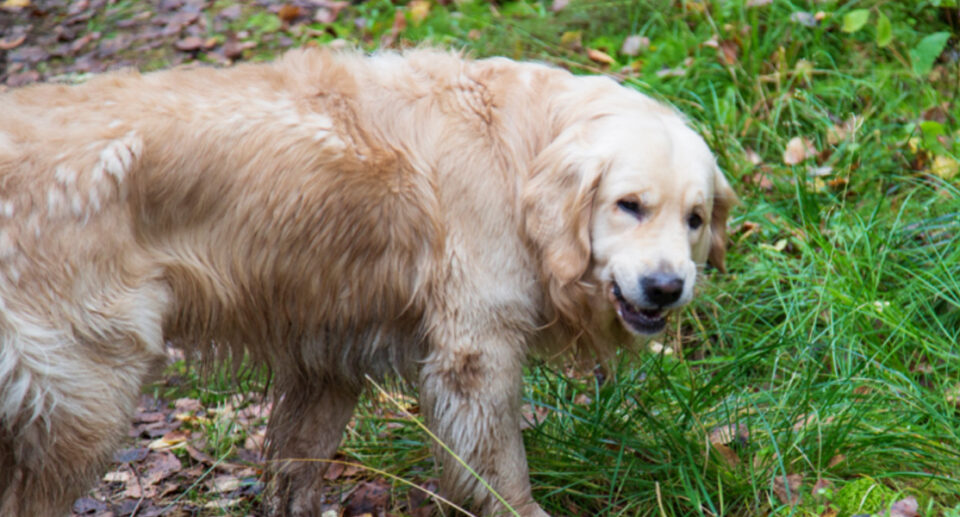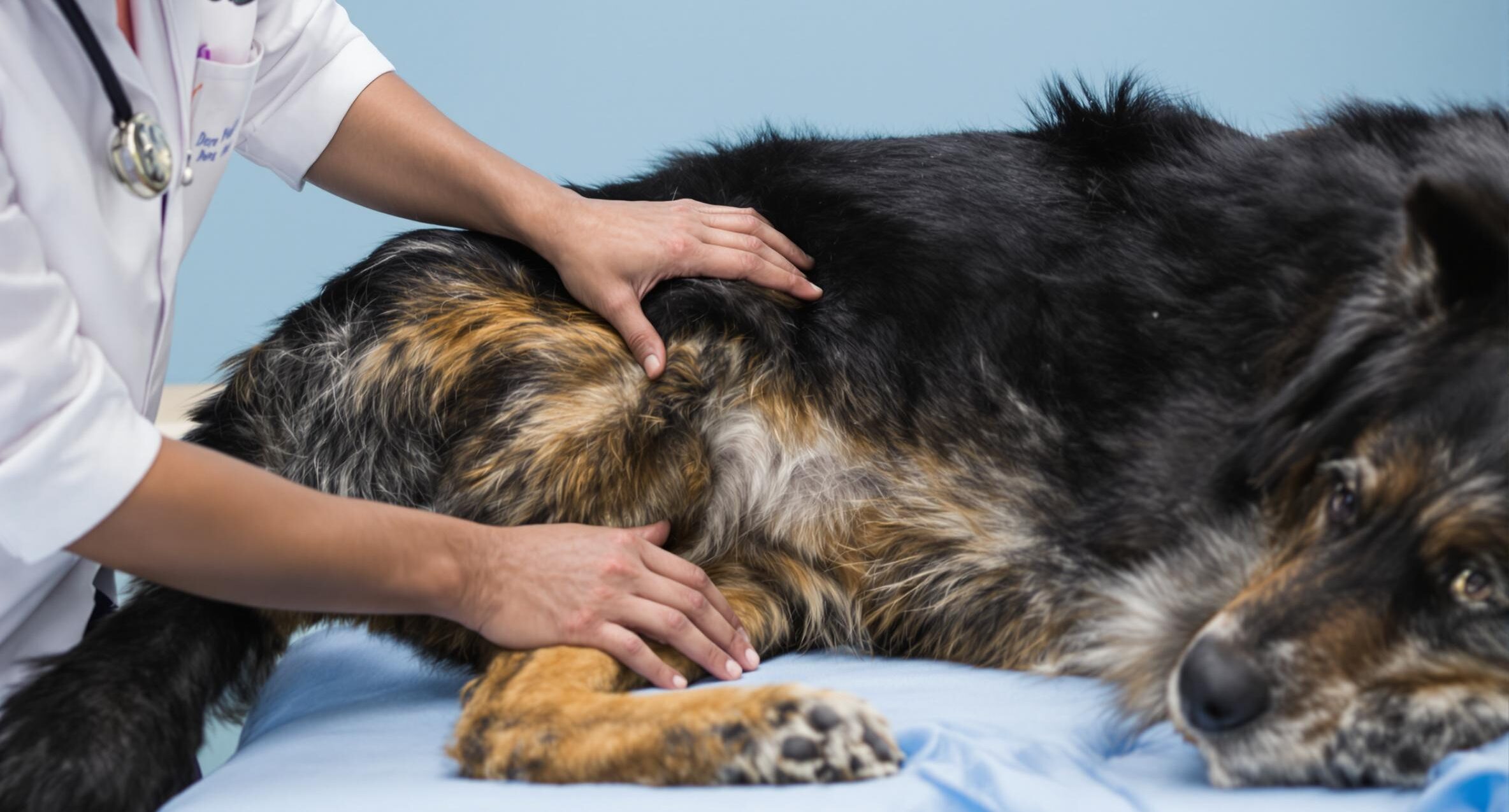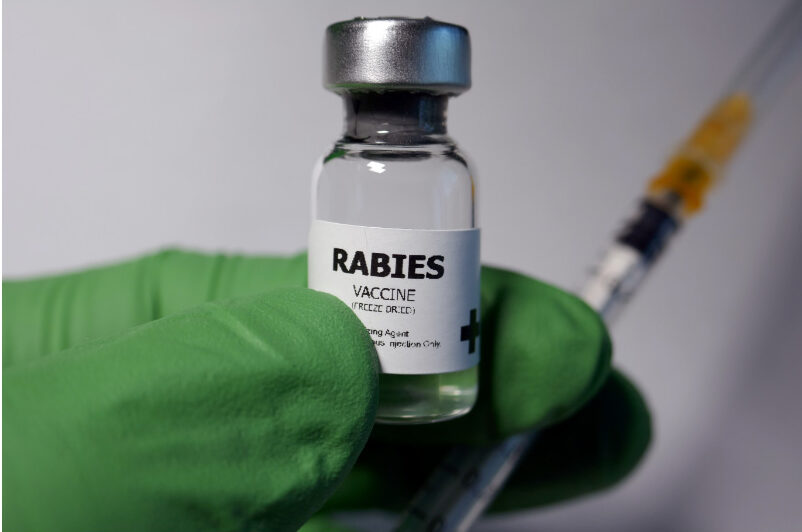Spaying Your Dog: What Every Pet Parent Should Know

Key Takeaways
Spaying offers major health benefits reducing the risk of ovarian and uterine cancers and cutting the chance of breast tumors in half.
The average cost is around $300 but many clinics and organizations offer discounts or payment plans to make it more affordable.
Spayed dogs often show reduced anxiety calmer behavior and no more heat cycles making home life easier for both of you.
Why Spaying Matters for Your Dog
Did you know that spaying your female dog before her first heat cycle can reduce her risk of developing breast cancer This proven preventative surgery is one of the most effective ways to protect your pet’s long term health and happiness. Knowing what to expect with spay surgery can help you feel more confident about supporting your dog’s health every step of the way.
Spaying is a common surgery that safely removes your dog’s reproductive organs preventing pregnancy and future health issues. Thanks to modern veterinary medicine this routine procedure has become safe and reliable. At PetHealthMD we are committed to supporting you through every step of your dog’s spay journey.
Understanding the Benefits of Spaying
Health Protection
Female dogs who get spayed gain major health benefits. The surgery helps prevent serious issues like uterine infections and ovarian cancer and it can cut the risk of breast tumors by nearly half. Research shows spayed dogs often live healthier and longer lives compared to those who are not spayed.
Improved Quality of Life
The benefits go beyond illness prevention. After spay surgery female dogs no longer go through heat cycles which leads to a calmer more even temperament. Vets often see less anxiety and fewer escape attempts which means your dog can focus more on bonding with you and enjoying playtime.
Community Impact
One female dog and her puppies can produce up to 67000 puppies in six years. Spaying not only helps your dog but also reduces shelter overcrowding and gives more pets the opportunity to find loving homes.
Budgeting for Your Dog’s Spay Surgery
Many clinics and organizations are committed to helping pet parents access this important care at an affordable cost. On average spay surgery costs around $300 but several options can help make it more manageable.
Options to Consider
Talk to your veterinarian to review the full cost including bloodwork anesthesia and medications. Many offer payment plans.
Explore discounted services through organizations like SpayUSA.
Reach out to local shelters and rescues for reduced cost or subsidized services.
Budget for supplies like protective cones pain relief and follow up visits. Explore helpful products in the Dog Supplies category.
Timing Your Dog’s Spay
The best timing depends on your dog’s breed and size. Your veterinarian can help you determine the ideal schedule.
- Breeds like Beagles Bulldogs and Chihuahuas benefit from waiting until at least 6 months.
- Border Collies and Dachshunds generally do well being spayed after their first year.
- Boxers Cocker Spaniels and German Shepherds should ideally wait until 24 months to reduce orthopedic risks.
Preparing for Your Dog’s Spay Surgery
Follow these steps in the days leading up to surgery:
Schedule a wellness check up with your veterinarian. Senior dogs may need blood work.
Create a peaceful recovery space at home with a bed blankets and water.
Practice using any recommended post surgery equipment like an e collar.
Spend calm quality time with your dog the day before surgery.
Prepare a comfort pack with medical records medications and a familiar scent item.
Remove food 8 to 12 hours before surgery while keeping water available.
Breaking Down the Spay Process
During surgery your vet makes a small incision removes the reproductive organs and monitors your dog closely throughout the procedure. Smaller dogs may take 20 minutes while larger breeds may take up to 90. Most dogs return home the same day unless overnight monitoring is recommended.
Before heading home you will receive clear instructions for recovery including pain management rest expectations and when to give medication.
Caring for Your Dog After Spay Surgery
Creating a Calm Recovery Space
After the surgery, the first 24 hours are crucial for rest. Provide a soft bed in a quiet corner or crate lined with blankets.
Keeping Your Dog Comfortable and Safe
For 7 to 10 days restrict activity. Use an e collar to prevent licking and check the incision daily for unusual redness or swelling. Browse recovery aids in the Dog Health and Wellness category.
Helping Your Dog Eat and Drink
Most dogs regain appetite within a day. Start with small bland meals and keep fresh water nearby.
Easing Back into Routine
Use pain medications as prescribed. Replace long walks with short leash breaks for gentle movement.
Risks and Considerations in Spaying
Surgical Procedure and Risks
Modern veterinary techniques make complications uncommon. Pre surgery screenings and continuous monitoring help ensure safety.
Managing Weight After Spaying
Metabolism changes are possible. Your vet may recommend portion adjustments and consistent exercise.
Spay Related Incontinence
About 20 percent of spayed females may develop urinary incontinence. Effective treatments are available if needed.
Behavior Changes
Your dog will remain the same loving companion while experiencing reduced roaming behavior and fewer hormone driven behaviors. Many dogs show more focus during training and less anxiety.
Spaying for a Stronger Bond and Healthier Future
Spaying your dog is a long term investment in her health comfort and happiness. The surgery helps prevent health risks and supports a calmer temperament setting her up for a healthier life.
Whether you are preparing for surgery or supporting recovery PetMeds has your back with dog supplies supplements and recovery aids. Explore the full range in the Dog Supplies category.





